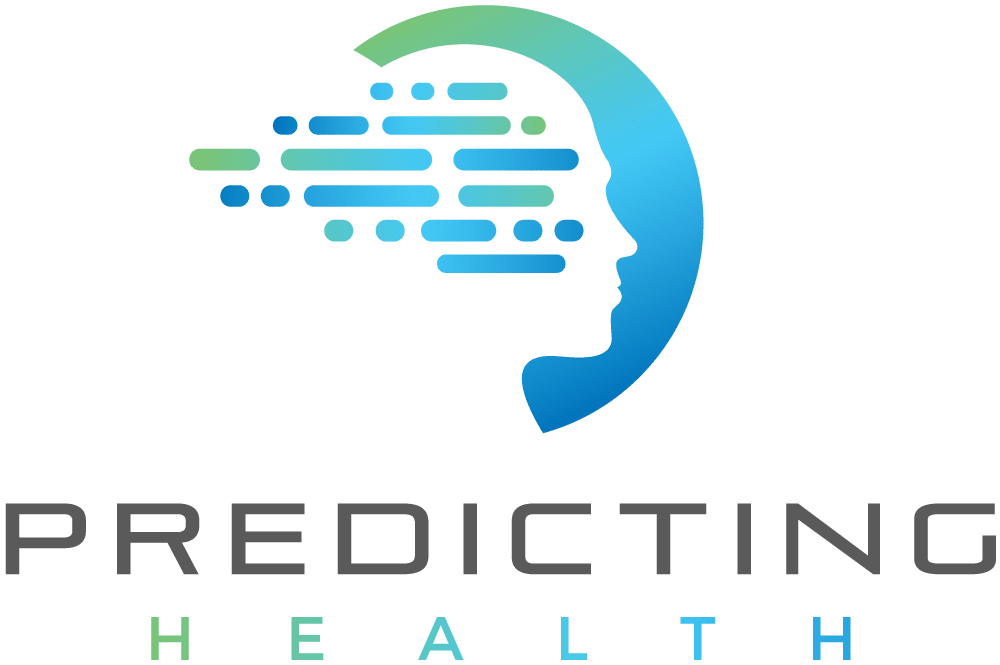PRT module dysphagia
Automated screening of dysphagia with Predicting Health
Dysphagia is a common but often late-recognized syndrome
Between 16 and 22% of over 55-year-olds in Germany suffer from dysphagia (swallowing disorder). It usually goes unnoticed and in the hustle and bustle of everyday clinical practice, dysphagia and the associated risks (especially aspiration pneumonia) are often overlooked, especially in non-specialist departments.

Automated risk stratification can help to take prophylactic measures at an early stage.
Dysphagia | the problem
Epidemiological surveys show that dysphagia occurs in 2.4% of all hospital discharges and is more common in older patients and men.
A higher prevalence of dysphagia was found on acute geriatric (10.3 %), neurological (7.6 %) and internal medicine (7.5 %) wards.
In many cases, dysphagia goes unnoticed and is often diagnosed for the first time in older patients after hospitalization due to concomitant illnesses.
It is associated with a higher risk of aspiration pneumonia and an increased risk of prolonged hospitalization and mortality.
In addition to the risk to patient safety, there is also an economic component.

According to studies from 2005, the costs of aspiration pneumonia amount to 17,000 US dollars per event.
Preventive measures can avoid the serious consequences of dysphagia in almost all cases.
The challenge is therefore to identify at-risk patients at an early stage.
The available screening instruments (e.g. PreDyScore or RODICs Score) are often time-consuming and labor-intensive and are therefore rarely used.
As a result, many cases are not recognized and this leads to a high rate of complications.

The solution: Our PRT – Dysphagia module
Identifying a swallowing problem is crucial in order to be able to counter subsequent problems such as aspiration and malnutrition at an early stage. For comprehensive dysphagia management, we offer the option of comprehensive and time-efficient screening.
In clinical studies, the dysphagia prediction algorithms we developed were able to correctly identify over 80 percent of patients at risk at the time of admission (AUROC: 0.973).
The algorithms are therefore demonstrably able to provide a very good risk assessment right from the start of the stay.
Preventive measures can then be taken in coordination with the available resources, for example to reduce the risk of aspiration pneumonia.
In the simplest case, affected patients are only allowed to eat or drink when accompanied by nursing staff in order to reduce the risk of aspiration pneumonia.
Revolutionize patient care in your hospital with Predicting Health.
Contact us today to find out more about our customized solutions.


